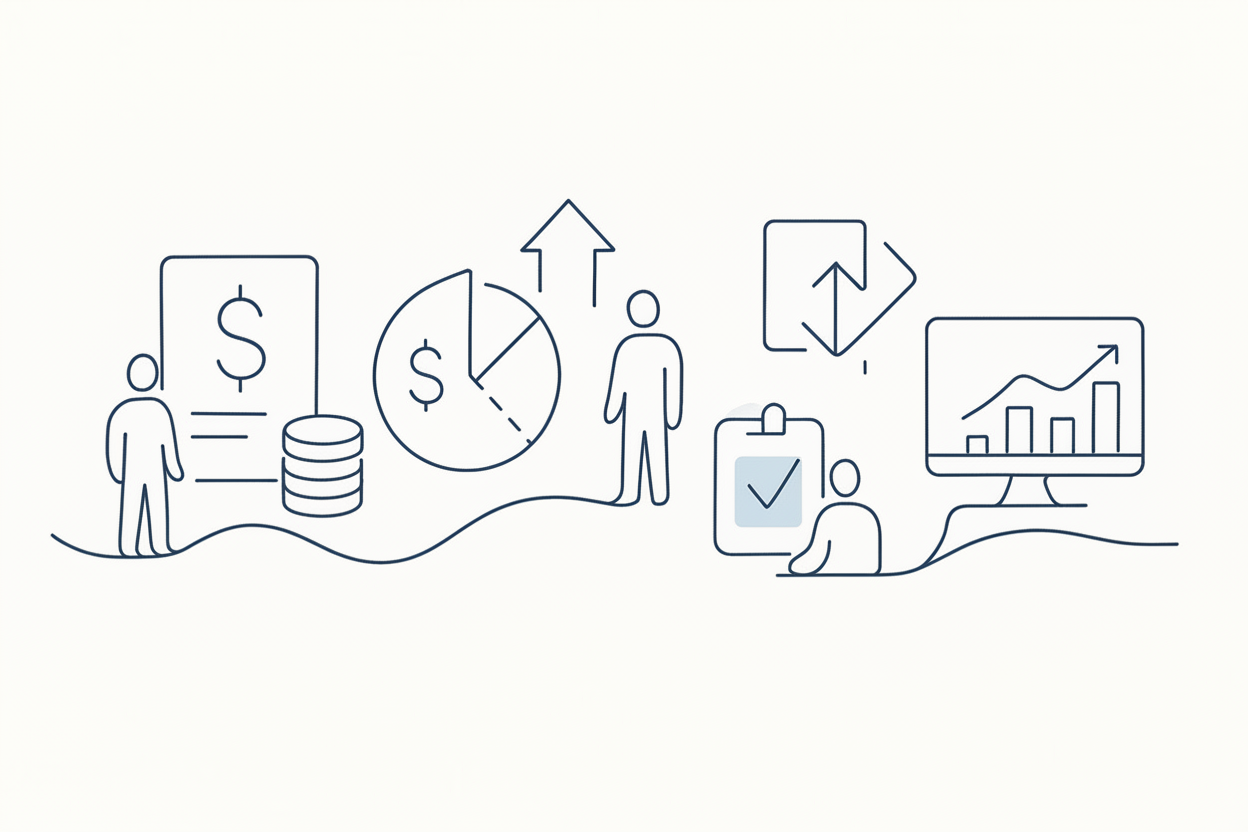Leveraging AI and Machine Learning in Automated Trading Strategies

Integrating AI and machine learning into trading strategies can revolutionize how traders generate ideas, develop strategies, and execute trades. By leveraging AI for real-time market analysis and strategic refinement, traders can enhance their decision-making and optimize performance in a rapidly evolving market.
In recent conversations with traders, a recurring topic has been the use of AI and machine learning to enhance trading strategies. This post will explore how AI can be effectively utilized in developing and executing automated trading strategies, shedding light on the practical applications and benefits of integrating AI into your trading toolkit.
Understanding the Role of AI in Trading
Artificial Intelligence (AI) and machine learning (ML) offer powerful tools for traders looking to improve their strategies. However, it's essential to understand the different ways AI can be applied:
Idea Generation: AI can help generate and clarify trading ideas by analyzing vast amounts of data and identifying patterns that may not be immediately apparent to human traders.
Strategy Development: AI can assist in developing trading strategies by providing code snippets, backtesting ideas, and refining rules based on historical data.
Trade Execution: AI can act as an oracle, assessing external data and determining the probability of success for trade signals before execution.
Using AI for Idea Generation and Strategy Development
Idea Generation
AI, especially large language models like ChatGP, Claude and Llama, are well-trained on a wide range of sources, including academic research and financial analysis. Traders can use AI to:
Clarify Trading Theses: By asking AI to explain or critique a trading idea, traders can refine their strategies and ensure they have considered various market factors.
Explore New Strategies: AI can suggest new trading strategies based on historical data and market trends.
Strategy Development
Once a trading idea is generated, AI can help in developing a concrete strategy:
Coding Assistance: AI can provide code for trading strategies in languages such as Pine Script (used in TradingView). While the code may not be perfect initially, AI can assist in iterative debugging and refinement.
Backtesting: Traders can use AI to analyze results generated from backtesting, providing insights into potential performance and necessary adjustments.
Prompt Engineering: The key to effective AI use is crafting precise prompts that convey the nuances of the desired strategy. This iterative process helps refine the output and align it with the trader's objectives.
Trade Execution with AI
AI can be integrated into the trade execution process to enhance decision-making:
AI Oracle: An AI oracle can assess external data, such as news feeds or market sentiment, and weigh the probability of a trade's success before execution allowing you to prevent certain trades from occuring by filtering the request through a server hosting an AI oracle.
Real-Time Adjustments: AI can continuously monitor market conditions and adjust strategies in real-time to optimize performance.
Practical Examples and Tools
Using LLMs for Strategy Development
1. Developing a Strategy:
- Prompt: "Create a Pine Script strategy for TradingView that identifies bullish and bearish divergences using the RSI indicator."
- Iteration: Refine the code based on testing and error feedback.
2. Backtesting:
- Prompt: "Simulate this strategy on historical data from the past five years and provide performance metrics."
- Analysis: Review the backtest results to identify strengths and weaknesses in the strategy using local AI models through tools such as Open Interpreter.
The Importance of Active Monitoring
Automated trading is not a set-and-forget process. It requires:
Regular Review: Continuously monitoring the performance of your strategies and making necessary adjustments.
Error Handling: Being prepared to intervene when unexpected conditions arise, ensuring your strategies remain robust and effective.
Conclusion
Integrating AI and machine learning into your trading strategies offers numerous benefits, from idea generation and strategy development to real-time trade execution. However, it's crucial to approach AI as a tool that complements human judgment rather than replacing it. By actively engaging with AI, refining your prompts, and continuously monitoring your strategies, you can harness the power of AI to enhance your trading performance.




